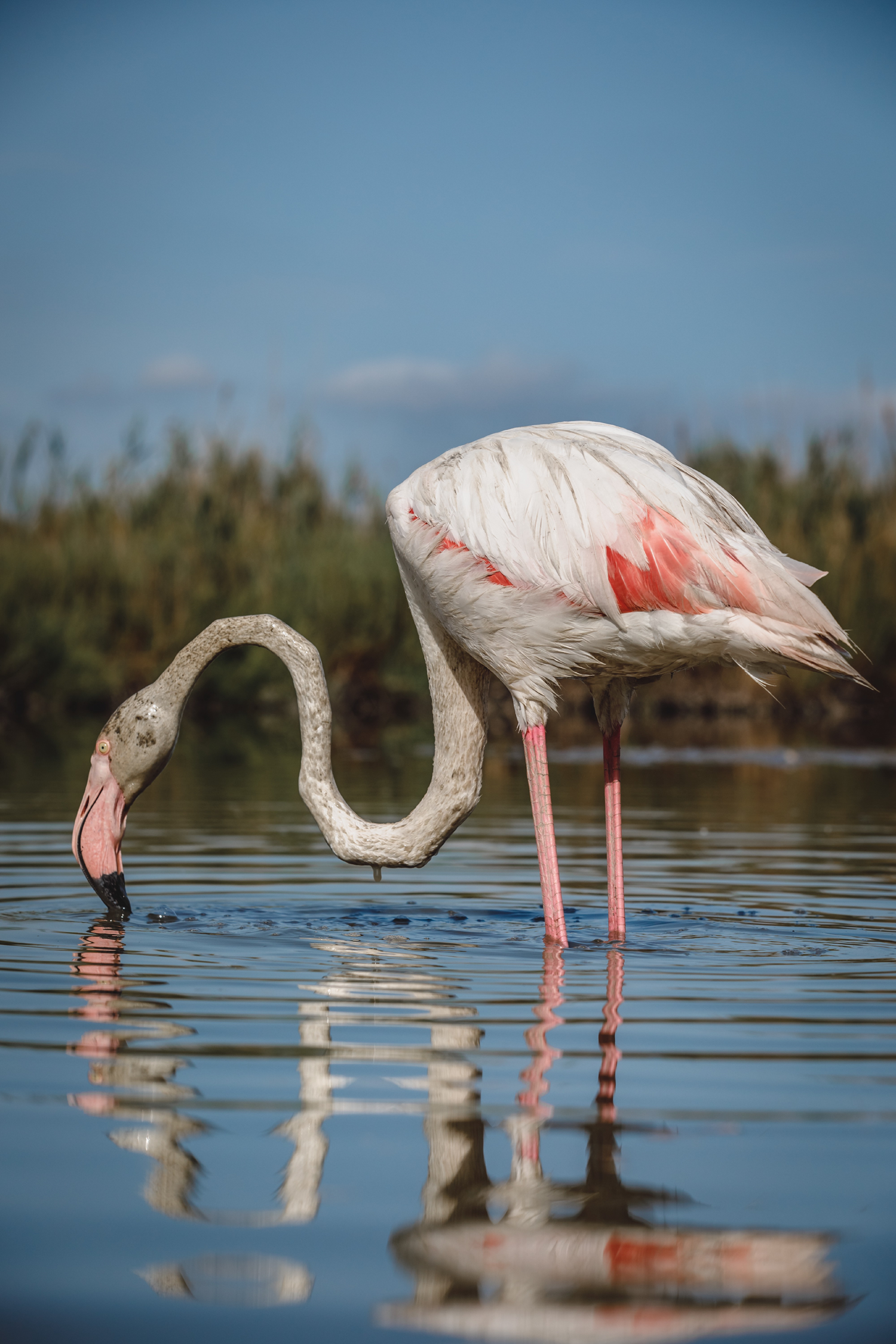Before you go any further...
I've read and accept the Terms of Use and the Privacy Policy.
I accept to receive newsletter and other communications associated with firms of The Explorers Network group'
I accept to receive commercial offers of The Explorers Network partners'.
Thanks!
Vote everyday for your favorite content
SENSITIVE CONTENT
This media contains sensitive content which some people may find disturbing or offensive.
You must be 15 years of age or older to view sensitive content.
Log inBirthday
Content being validated
THE EXPLORERS +
Watch our premium movies
The Explorers + is our premium movie catalog in Ultra High Definition (HD/4K/8K)! Hundreds of videos already available and daily new content on all your devices (web, mobile, tablets, smart TV).
Post content (photo or video) and get 1-month free
OR
Subscribe and support The Explorers Foundation's field actions for biodiversity.

Content being validated
A signature feeding technique
0
0
By standing in place and rotating on itself around the axis of its legs to explore the mud with its beak, the greater flamingo (Phœnicopterus roseus) draws characteristic circles visible when the water is shallow or after its evaporation. The thick and curved, predominantly pink with a black tip beak of the greater flamingo (Phœnicopterus roseus) is unique in the ornithological world as it allows the filtration of water and mud. When it is closed, the horny growths that line the periphery of its upper mandible are inserted into the fine lamellae bordering its lower mandible, forming a true filter. A pipe-shaped space remains free for the passage of the tongue whose back and forth movement circulates the water inside the beak.
Related content

Médias en cours d’exploration

